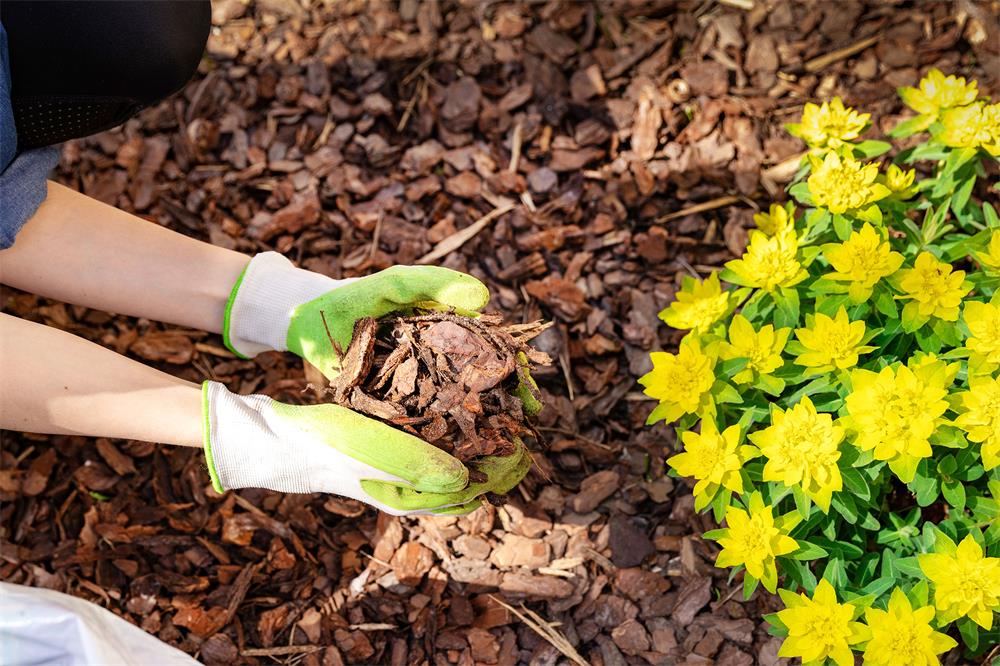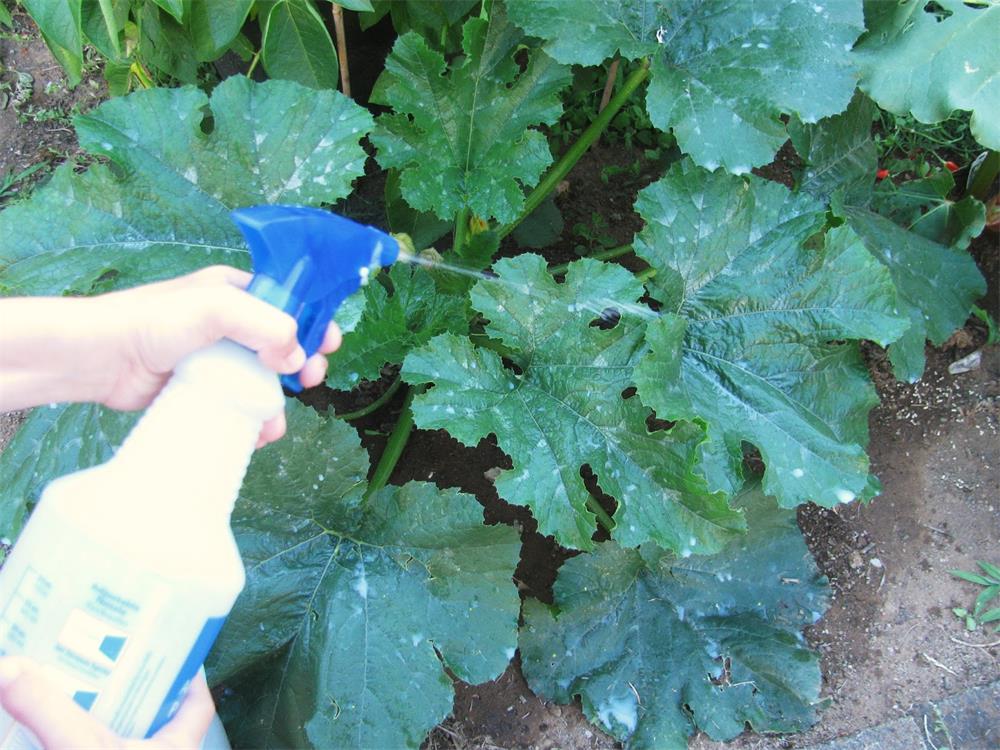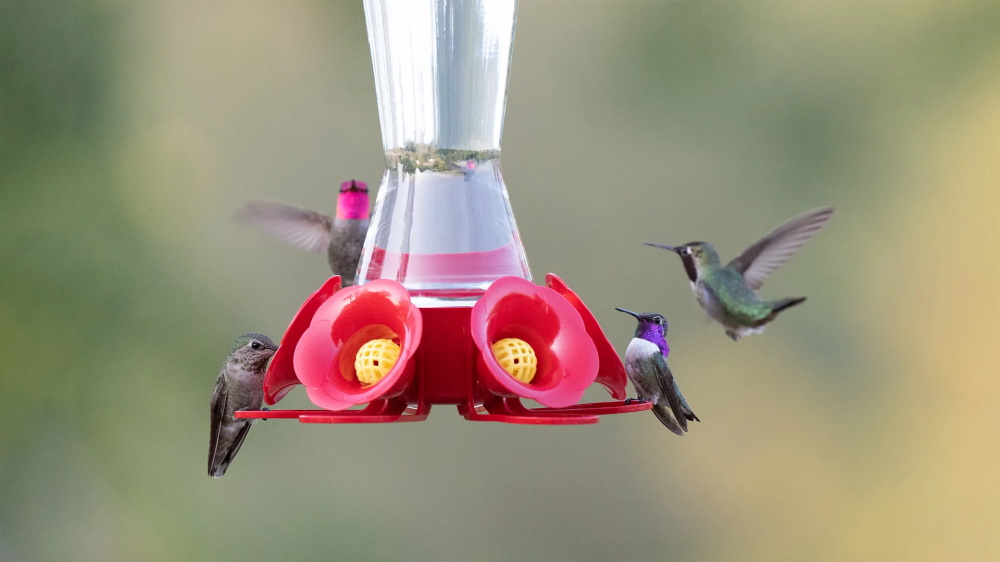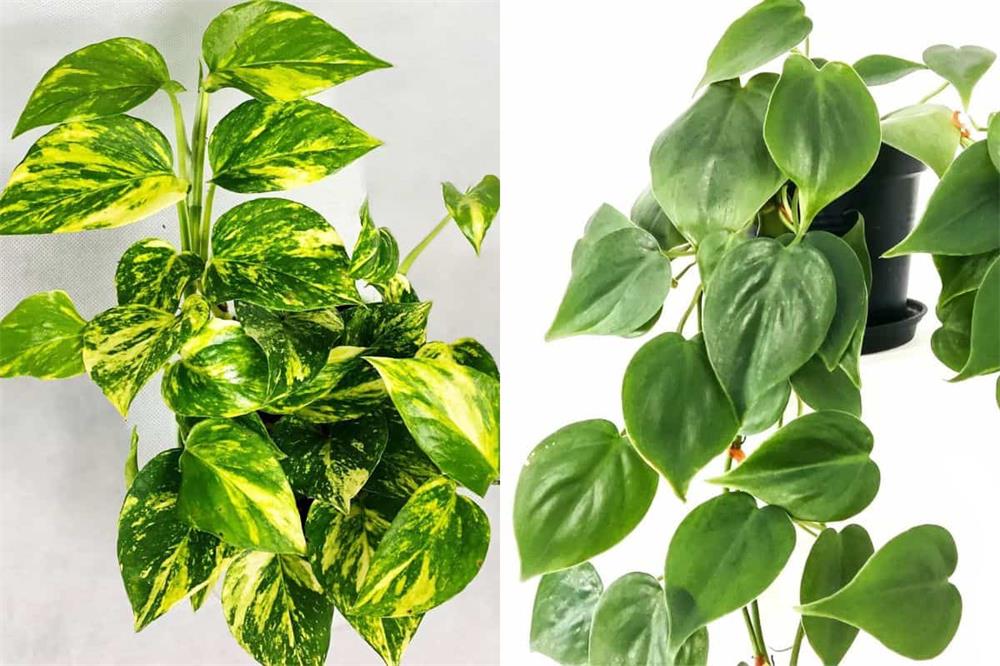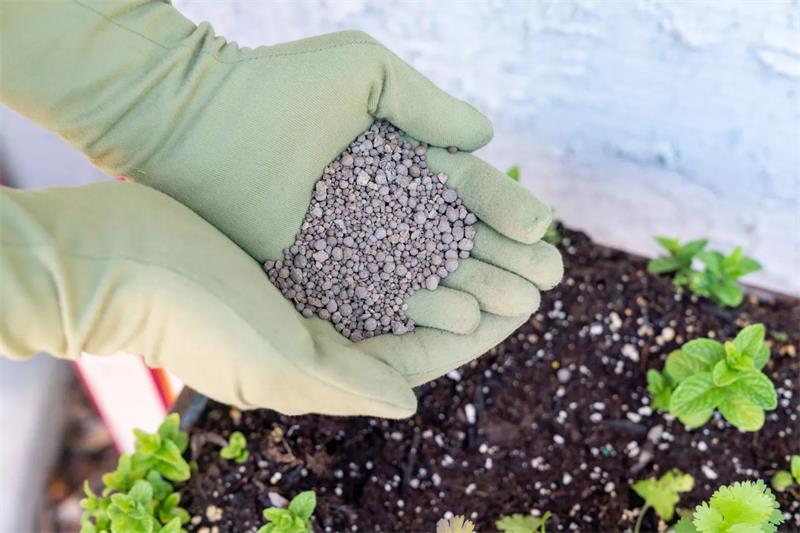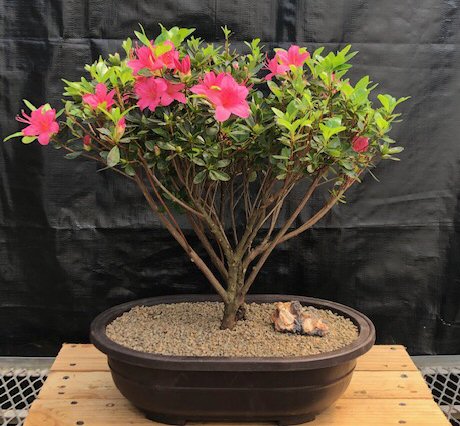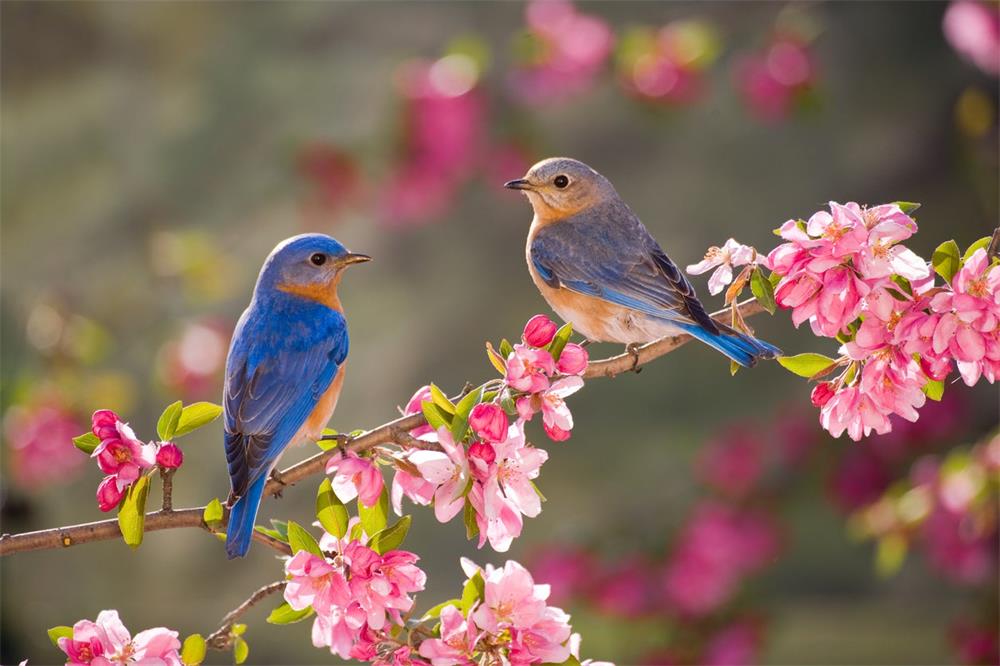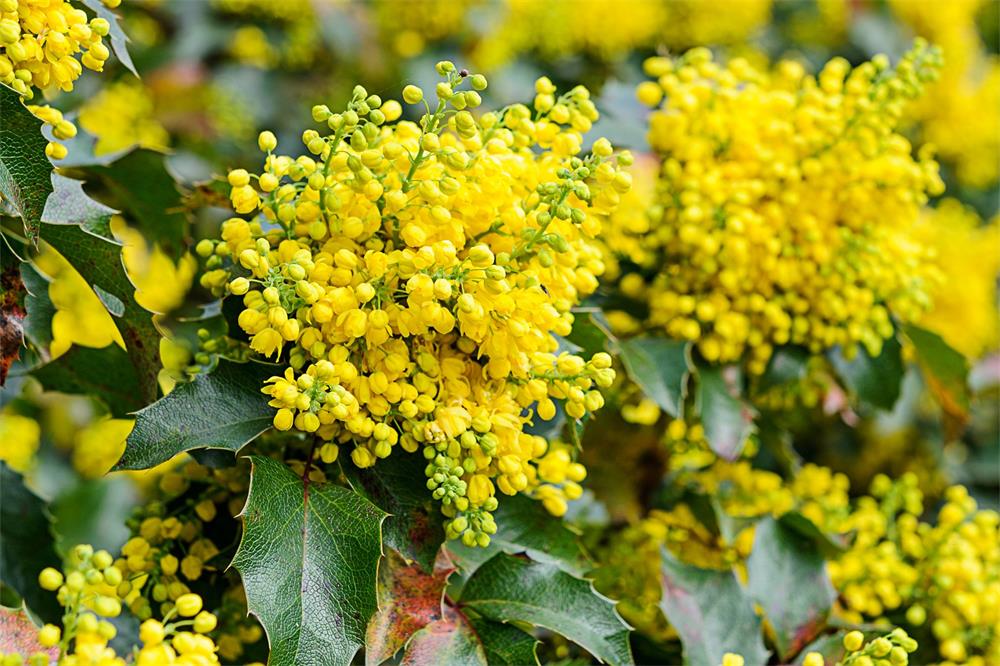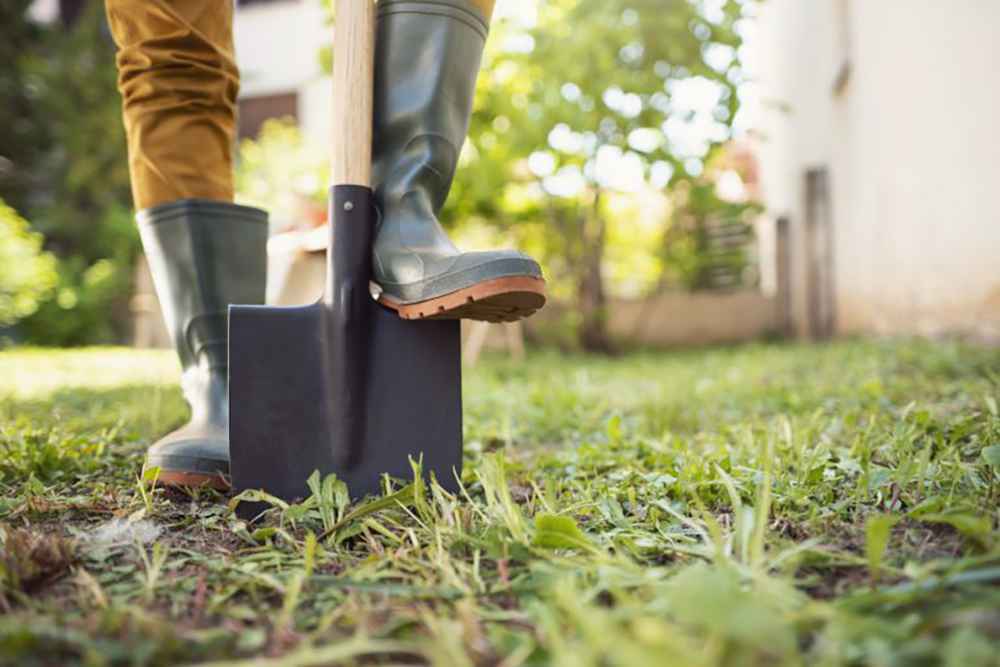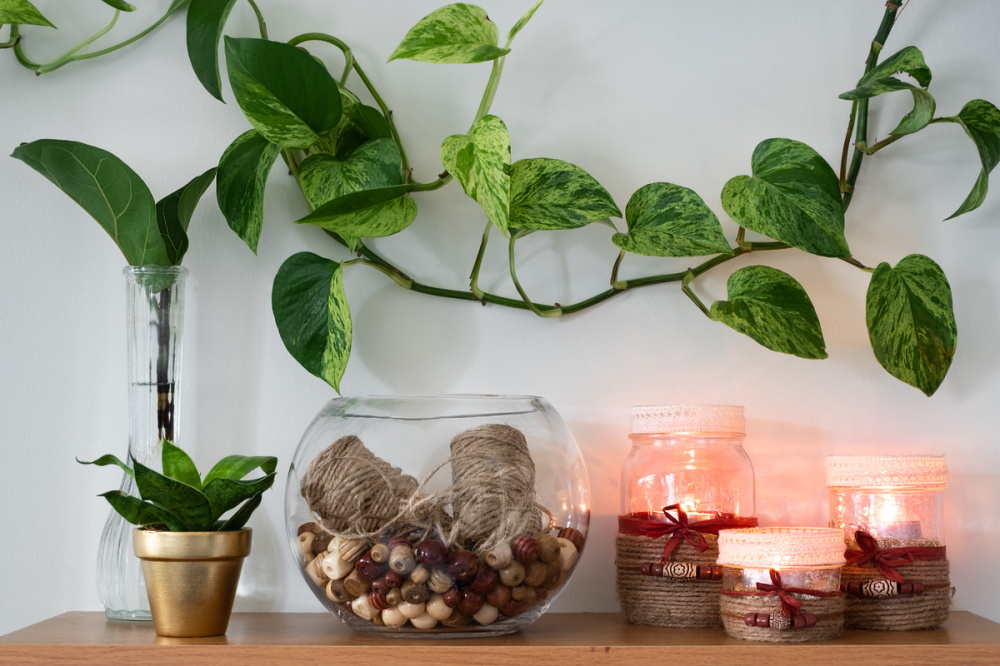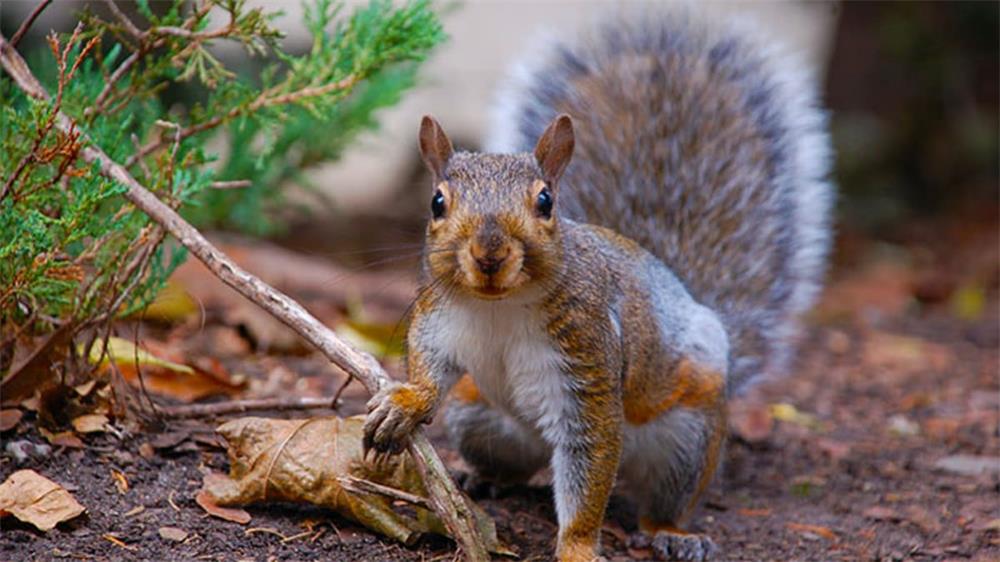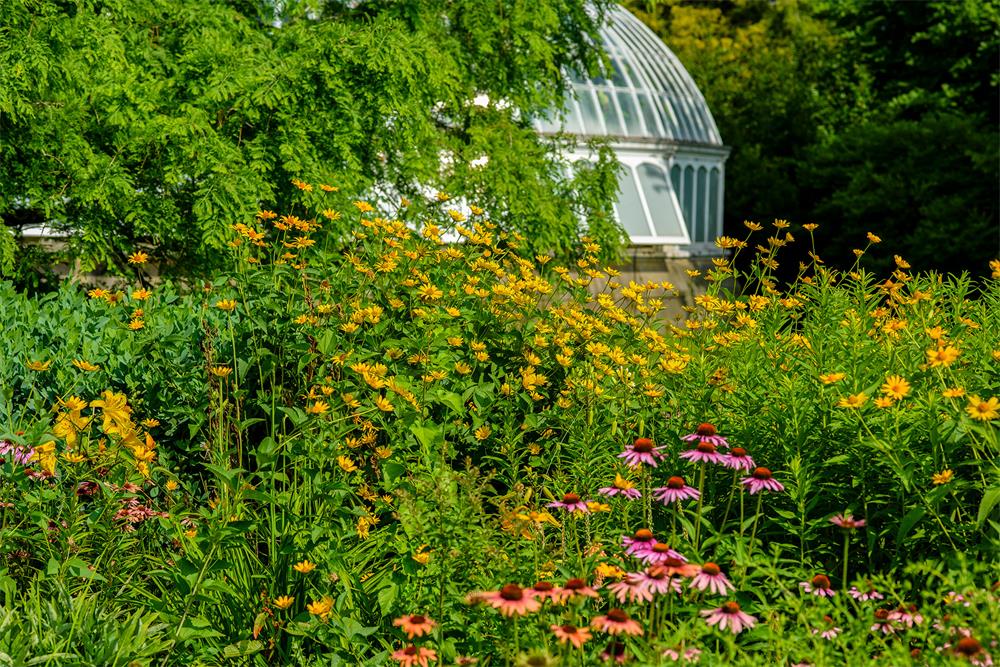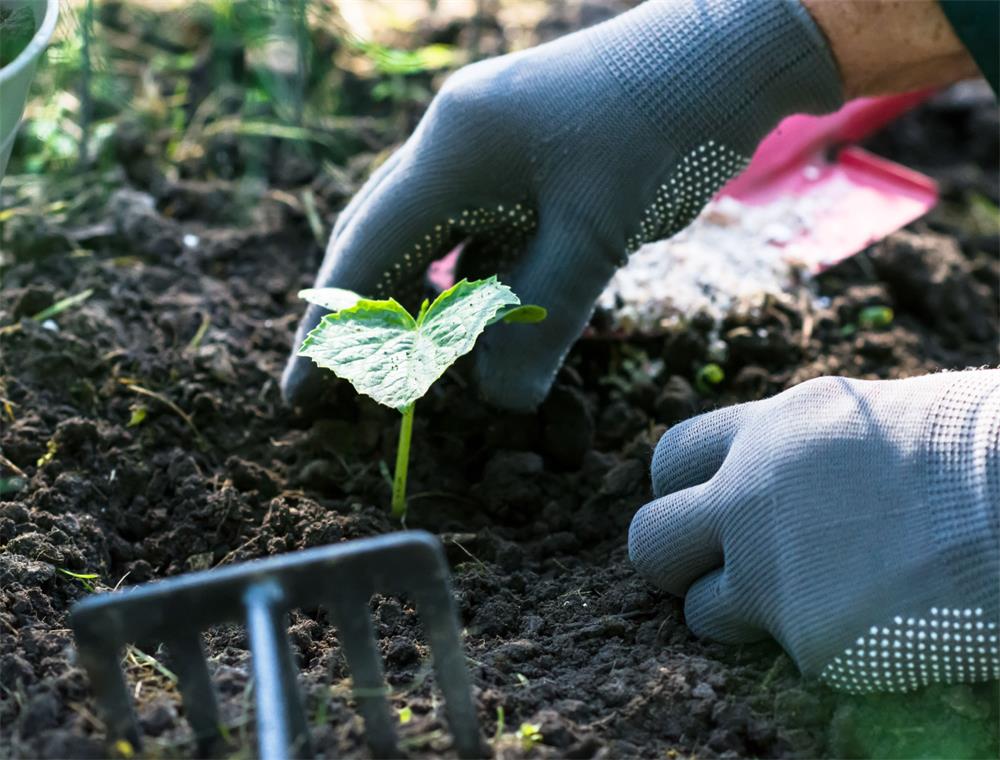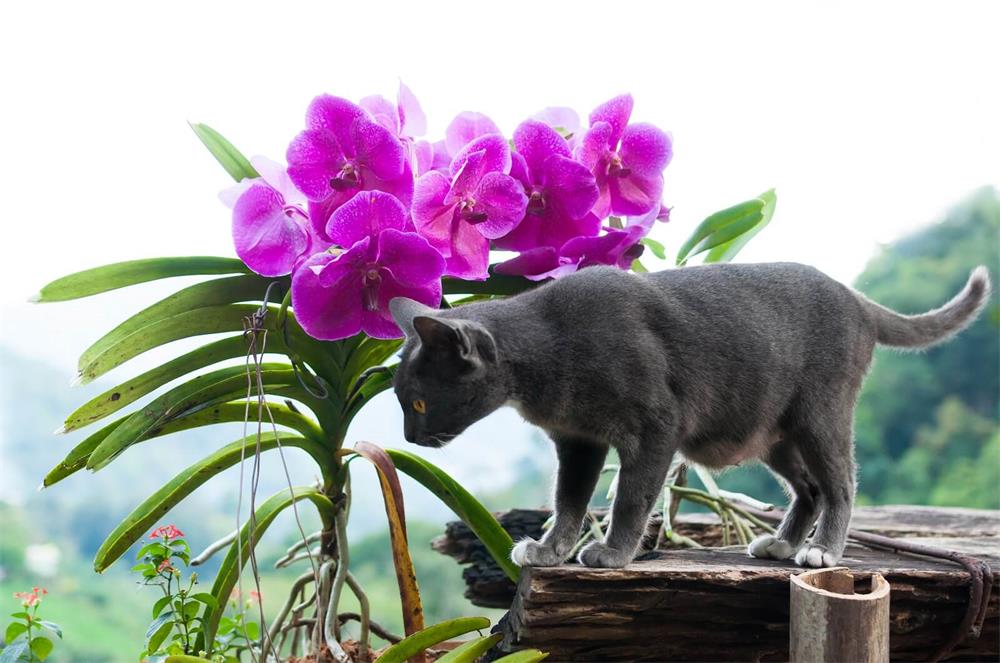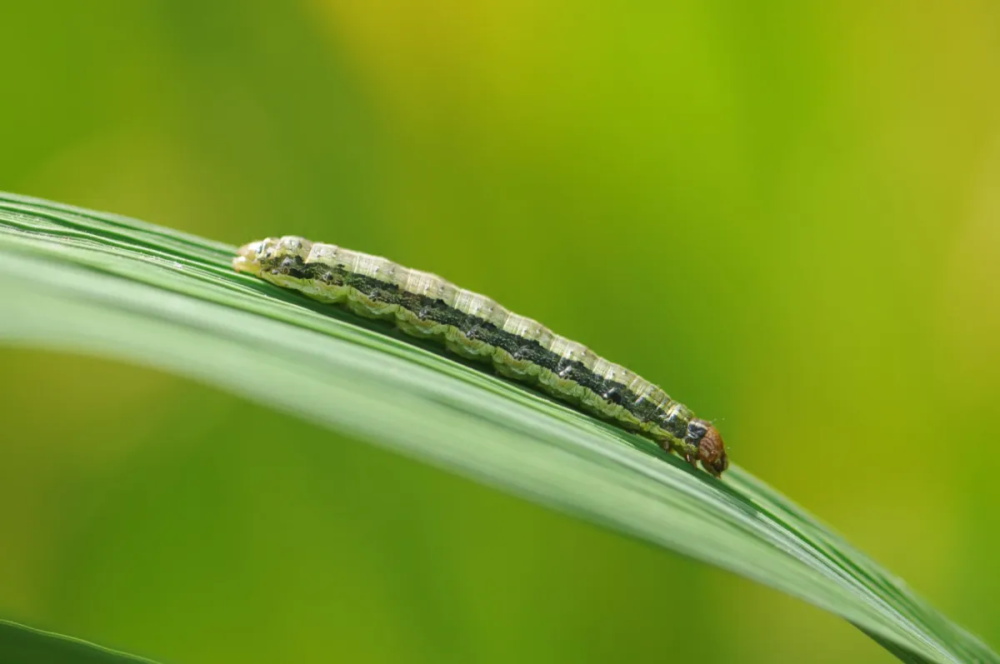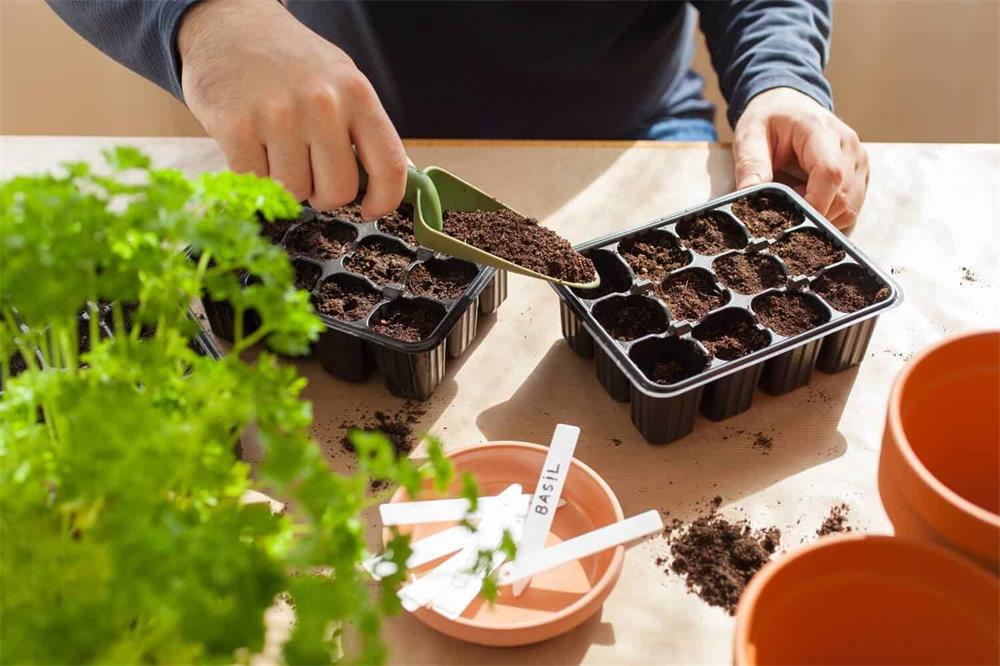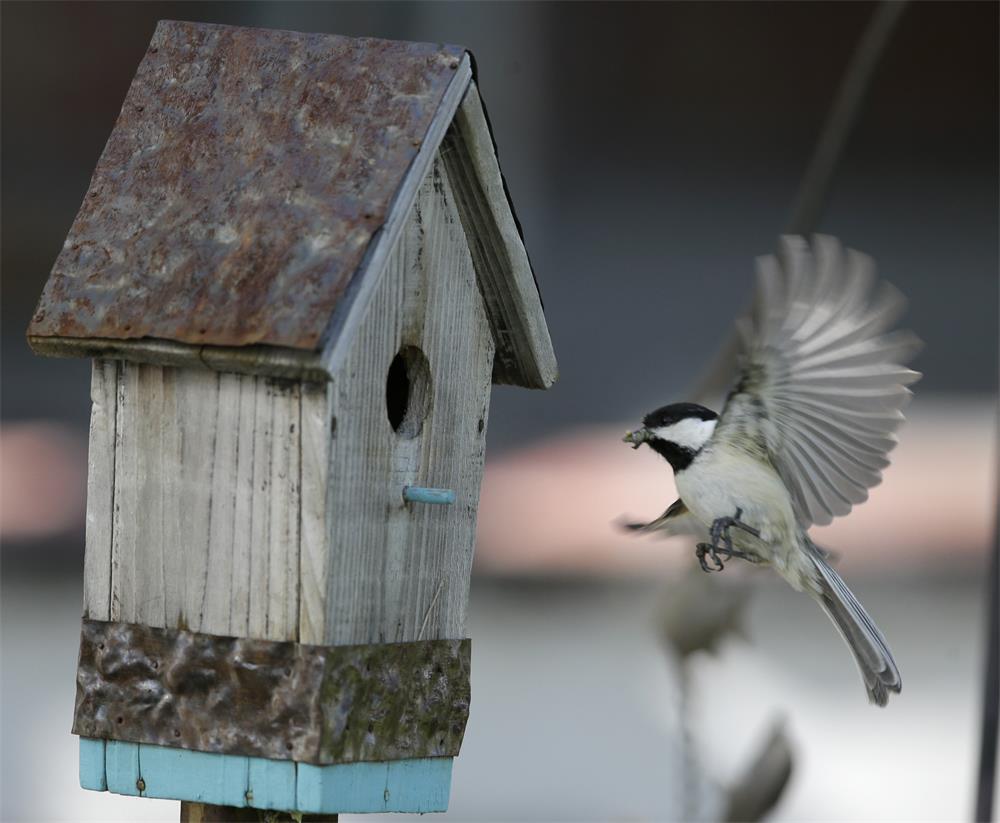
Table of Contents
Spring is a wonderful season to attract birds with nesting material, as they are busy building their nests and raising their young. By providing them with suitable materials, you can encourage them to nest in your backyard and enjoy watching their life cycle. You can also help them create comfortable and safe nests that can protect their eggs and chicks from predators, weather and temperature changes.
What Do Birds Use to Build Their Nests?
Birds use a variety of materials to construct their nests, depending on the type of nest, the location and the purpose. Some common materials that birds use are:
- Twigs or sticks: These are used to form the base or frame of the nest, especially for large or bulky nests.
- Dead leaves: These are used to line the nest and provide cushioning and insulation.
- Grass clippings or dead grass: These are used to weave the nest and fill in the gaps.
- Yarn, string or thread: These are used to bind the nest together and add strength and durability.
- Human hair or animal fur: These are used to add softness and warmth to the nest, especially for small or delicate birds.
- Feathers: These are used to cover the nest and provide extra insulation and camouflage.
- Cattail fluff: This is used to fluff up the nest and make it cozy and fluffy.
- Moss or lichen: These are used to decorate the nest and blend it with the surroundings.
- Pine needles: These are used to add texture and scent to the nest.
- Mud: This is used to cement the nest and make it waterproof and sturdy.
- Pebbles or small rocks: These are used to weigh down the nest and prevent it from blowing away.
- Spider web silk: This is used to glue the nest together and make it elastic and flexible.
- Straw or other plant stems: These are used to add bulk and structure to the nest.
- Dental floss: This is used to tie the nest together and make it secure.
- Shredded paper: This is used to add color and variety to the nest.
- Broom bristles or mop string: These are used to add length and shape to the nest.
- Cotton balls: These are used to add softness and fluffiness to the nest.
- Bits of trash or other unusual waste or litter: These are used to add novelty and creativity to the nest.
Some of these materials are naturally available in birds’ habitats, but some may be scarce or hard to find. You can help your backyard birds by providing them with supplementary sources of nesting material that they can use.
How to Offer Nesting Material in Your Backyard
There are many ways to offer nesting material in your backyard that can attract birds. Here are some tips:
- Drape material over trees or shrubs near bird feeders or sheltered spots where birds may build nests. Do not tie the material down, as the purpose is to allow birds to take it away. You can use yarn, string, thread, hair, fur, feathers, cattail fluff, moss, lichen, pine needles, straw, dental floss, shredded paper, broom bristles, mop string or cotton balls for this purpose. Avoid using materials that may be harmful or toxic for birds, such as metal wires, plastic bags, rubber bands or synthetic fibers.
- Use a clean suet cage or similar feeder design and fill it with nesting material. Hang this arrangement in a visible area where birds will notice it. You can use any of the materials mentioned above for this purpose. Make sure that the material is not too tightly packed or too long that it may entangle birds. Change the material regularly to keep it fresh and clean.
- Create small piles of nesting material in places where it won’t blow away or be soaked in spring rains. A tray feeder can be temporarily used for this purpose. You can use twigs, sticks, dead leaves, grass clippings, dead grass, pebbles, small rocks or mud for this purpose. Avoid using materials that may attract rodents or insects, such as food scraps or seeds.
- Fill a mesh bag or basket loosely with suitable nesting material. Be sure that the mesh is wide enough for birds to extract the material, and hang it in a visible location. You can use any of the materials mentioned above for this purpose. Make sure that the material is not too dirty or moldy that it may harm birds. Replace the material periodically to keep it fresh and appealing.
- Leave leaf litter and grass clippings loose on the ground instead of bagging the material. Birds will help themselves to the material they are interested in. You can also scatter some twigs, sticks, pine needles, straw or other plant stems on the ground for birds to use. Avoid using pesticides or herbicides on your lawn or garden that may contaminate the material and harm birds.
- Provide a small puddle nearby for mud and gravel. Some birds, such as robins, swallows and wrens, use mud to build their nests. You can create a shallow depression in the ground and fill it with water and some sand or gravel. Keep the puddle moist and replenished throughout the nesting season. You can also add some clay or soil to the puddle to make it more suitable for mud-building birds.
Benefits of Providing Nesting Material for Birds
Providing nesting material for birds can have many benefits for both you and the birds. Some of these benefits are:
- You can attract more birds to your backyard. By offering nesting material, you can entice birds to visit your backyard and stay longer. You can also attract different species of birds that may not normally visit your feeders or baths. This can increase your birdwatching opportunities and enjoyment.
- You can help birds conserve energy and resources. By providing nesting material, you can reduce the time and effort that birds need to spend searching for suitable material. This can help them conserve energy and resources that they can use for other activities, such as feeding, mating and defending their territory.
- You can help birds create better nests. By providing nesting material, you can help birds create nests that are more comfortable, safe and durable. This can improve their nesting success and survival rate. You can also help them create nests that are more aesthetically pleasing and interesting to observe.
- You can help birds cope with habitat loss and degradation. By providing nesting material, you can help birds cope with the loss or degradation of their natural nesting habitats due to human activities, such as deforestation, urbanization and pollution. You can also help them adapt to new or changing environments by offering them alternative or supplementary materials.
Precautions When Providing Nesting Material for Birds
While providing nesting material for birds can be beneficial, there are also some precautions that you should take to ensure that you are not harming or disturbing the birds. Some of these precautions are:
- Do not disturb or touch the nests. Once the birds have started building their nests, you should leave them alone and respect their privacy. Do not touch, move or interfere with the nests in any way. This may cause stress or injury to the birds or their eggs or chicks. It may also make them abandon their nests or attract predators to them.
- Do not use materials that may be harmful or unsuitable for birds. Avoid using materials that may be toxic, sharp, sticky, tangled or otherwise harmful for birds, such as metal wires, plastic bags, rubber bands, synthetic fibers, glue, paint or chemicals. Also avoid using materials that may be unsuitable for the type of nest or bird that you are trying to attract, such as too large, too small, too heavy or too light.
- Do not overdo it. While providing nesting material for birds can be helpful, you should not overdo it by offering too much or too many types of material. This may confuse or overwhelm the birds or make them dependent on your supply. It may also create a mess in your backyard or attract unwanted pests or predators. Offer only a moderate amount of material that is appropriate for the season and the species of birds that you are trying to attract.
Providing nesting material for birds is a fun and rewarding way to attract birds to your backyard and enjoy watching their nesting behavior. By following these tips and precautions, you can ensure that you are helping the birds without harming them.



